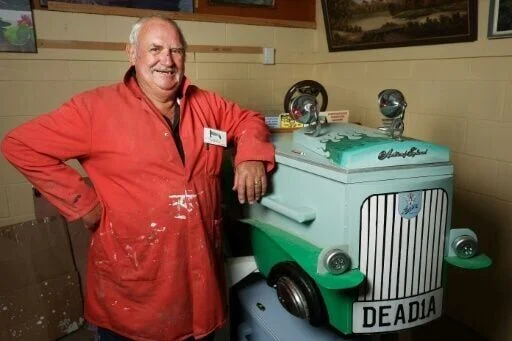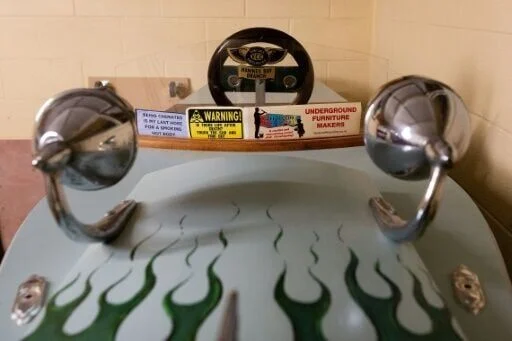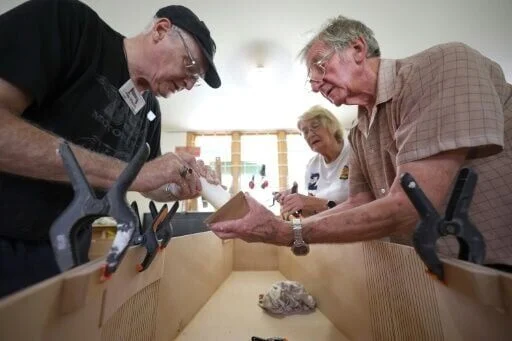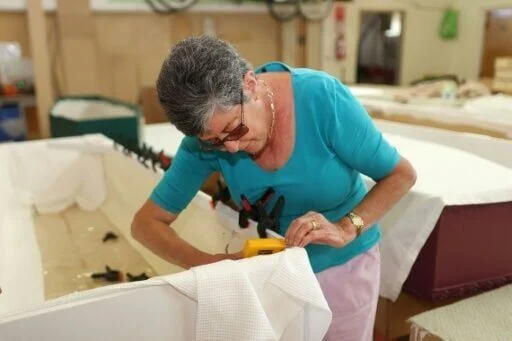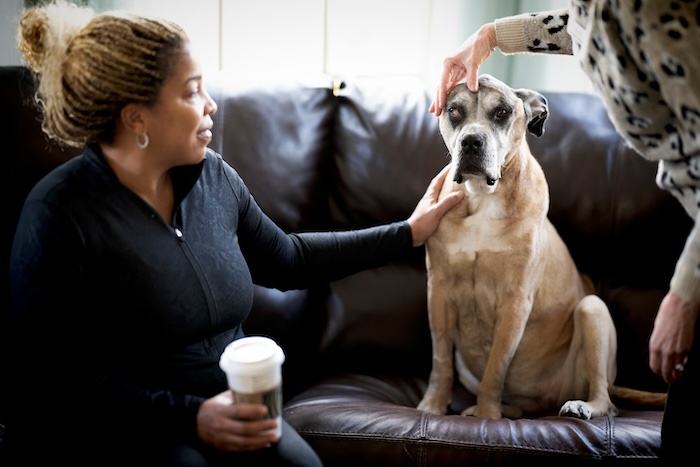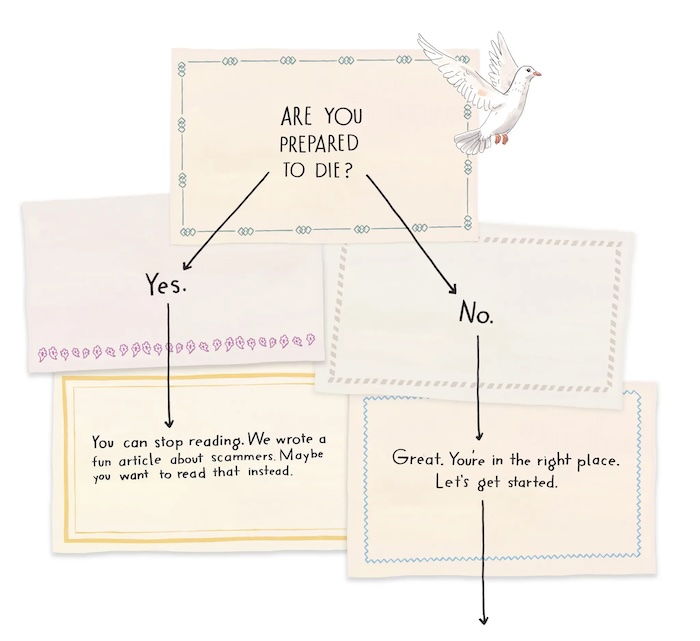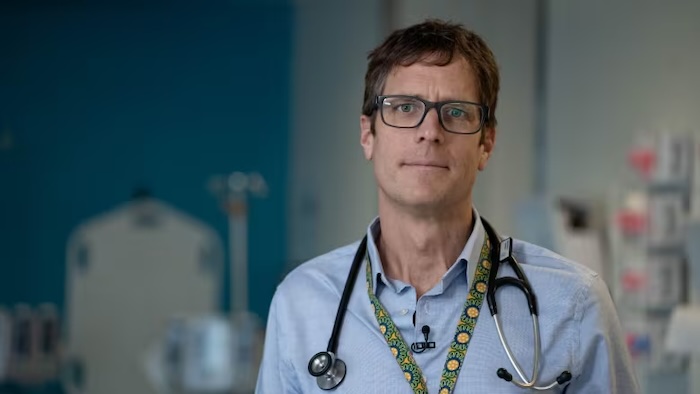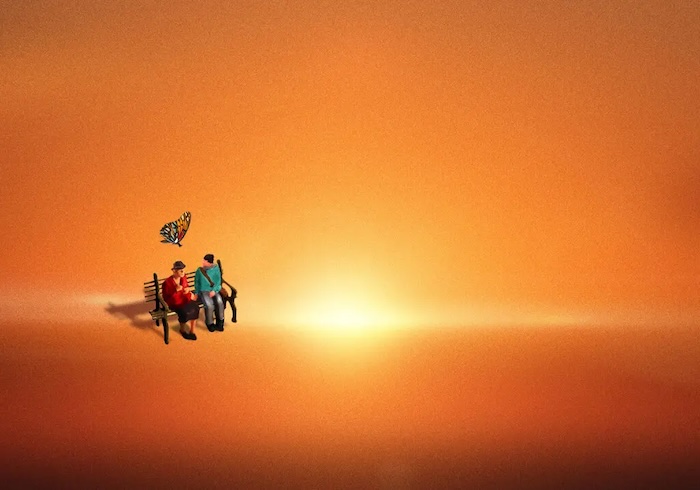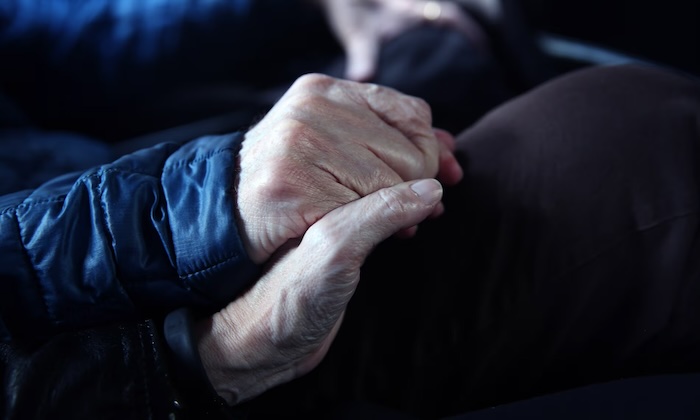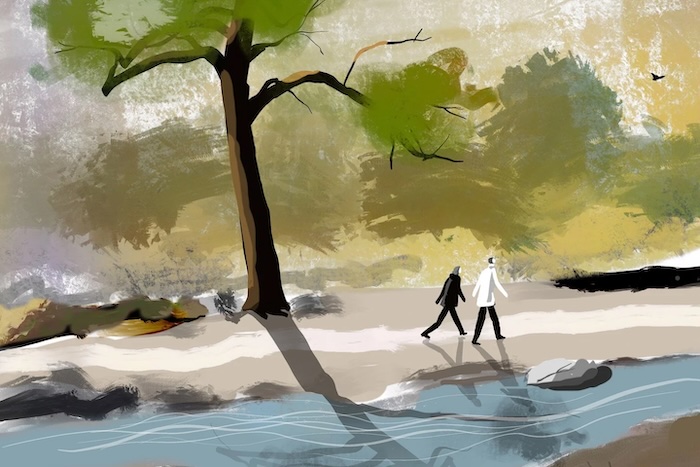
By Anne Lamott
I was out today in the early morning walking with a close friend of 64 years named Shelley Adams. Despite some huge losses over time, she is always overtly positive. I don’t normally like this in a person. I make a rare exception for her. We hike several times a week beside our local creek, now a twisting, flowing stream that rushes over rocks, mint and twigs.
Rainer Maria Rilke was only partially right when he wrote that “life holds you in its hands and will not let you fall,” because both Shelley and I, like all older people, have been dropped. But life also at some point pulls you back to your feet. What do you do in between, during times of loss or general dread? My friend Tom Weston, a Jesuit priest, always reminds me, “We do what’s possible.” I hate that.
Okay, fine: What is possible? The practical, simple and kind. We work, love and help others as best we can, gawk at nature, rest. Is that it? Pretty much.
This is a little disappointing, but age teaches us that kind, simple and practical are enough, even in the face of the worst things we’ve lived through: suicides, mental illness, odious leaders, sudden death. My friend Don was called one day by an aging and suicidal friend. His friend asked, “What is the point of it all?” After a moment, Don replied gently, “Mornings are nice.” And, wildly, it was enough. His friend improved.
I cannot hike the uphill trails here anymore because of my hip, so we do what’s possible: take four 10-minute laps back and forth along the creek. Everything that is true about aging appears to me on these walks.
On our first lap, Shelley and I catch up. We’ve always been talkers, readers, movie lovers. What was true about us at 6 years old is true about us now. We gossip, laugh a lot, quibble. We looked so similar as small kids, with green eyes and white-blonde hair. We still do. We’re built about the same. I’m a bit taller and smaller-boned, but otherwise we could be sisters. And like sisters, we can annoy each other, and weaponize silence. Families, sigh.
I grew up at her house. Her mother was my other mother, who saw how amazing I was on the inside, not just how much better I could be doing. Shelley and I went through childhood and puberty together, played competitive tennis for years as partners and then didn’t see each other much for 40 years. We raised kids, buried parents; sad, scary things have happened to us both, as they have to everyone by a certain age. Now, we’re slower, less busy, a bit goofy.
For instance, this morning, while searching for the word “coaster,” the closest I could come up with was “coffee pad.” She laughs so hard when I say this, she has to cross her legs, and then almost loses her balance.
By the second lap, our bodies have loosened up, and we talk a bit less and look around a lot more, and listen. The creek is the place where the water and the land are in constant conversation. My vision is often blurred by dry eye, but there is a grace to myopia: I’m less fixated.
We walked this morning in raincoats because it was drizzling off and on, even as the sun shone through faintly. In my family, we always announced during a sun shower that it must be a monkey’s birthday somewhere. In Akira Kurosawa’s “Dreams,” a mother tells her child, “The sun is shining through the rain. This is the time when foxes have their weddings.”
Like most old friends, we can bobble along without talking for stretches. I listen for the soft orchestral music of the woods on either side of the path. After scanning the illuminated green scrim of trees ahead and far away, I pull closer in on individual trees, all arms and elbows and long legs. The trees just stand around, as is their wont. The drizzle plays them. What instruments are they? Mostly woodwinds, maybe oboes, some flutier, and then dark, dark trees, like kettle drums, like patches of life.
Because we go back so far, Shelley and I know each other’s souls and shadows, and each other’s major screw-ups, and there is comfort in this. Also, we have made mistakes with each other that have felt like betrayals. This happens in families. We have gotten so mad that we have ditched each other on the trail and shouted to each other’s back, “Don’t you dare walk away from me.” Actually, that was only me. We take breaks, make up.
By the third lap, my hip has begun coughing quietly to get my attention. It would like to go home now. My vision is even more blurry because of the drizzle and thin light, added to the dry eyes. This is part of what it means for me to be alive still, the blinky vision. Paradoxically, I see more. Now, instead of sharp focus, there’s an appreciation of shifts in light that reveal the mutability of the world. The light sometimes changes minute by minute, and with it we perceive changes in the energy around us, above us, inside us. It moves our attention outside our squinty, judgy little selves.
We point out dark-eyed Oregon juncos to each other and finches, the males with their glorious red headdresses and chests, the females in their faded brown bathrobes. We talk about spiritual things and people we hate — as she puts it, “people we’re allergic to, bless their hearts.’” We talk about our scattered minds: This morning, I was struggling to read some tiny print in a book, and, without thinking, I touched the printed page to pinch it out and make it bigger. Eeesh, I thought: Scary! But I was gentle with myself about it.
My hip has really begun to ache by the final lap. We talk and limp along. Easily half of the people in our conversations have passed on, all four parents, both of her younger siblings, dearest friends. We know that death won’t be so hard. We’ve seen many people through the end of life. It’s never dramatic, like Snagglepuss staggering around onstage clutching his throat. It can be rough, and then one slips over gently to whatever awaits. My old pastor told me it is like going to bed on the living room floor and waking up in your own bed.
Age is giving me the two best gifts: softness and illumination. It would have been nice if whoever is in charge of such things doled them out in our younger years, but that’s not how it works. Age ferries them across the water, and they will bring us through whatever comes.
Complete Article ↪HERE↩!

